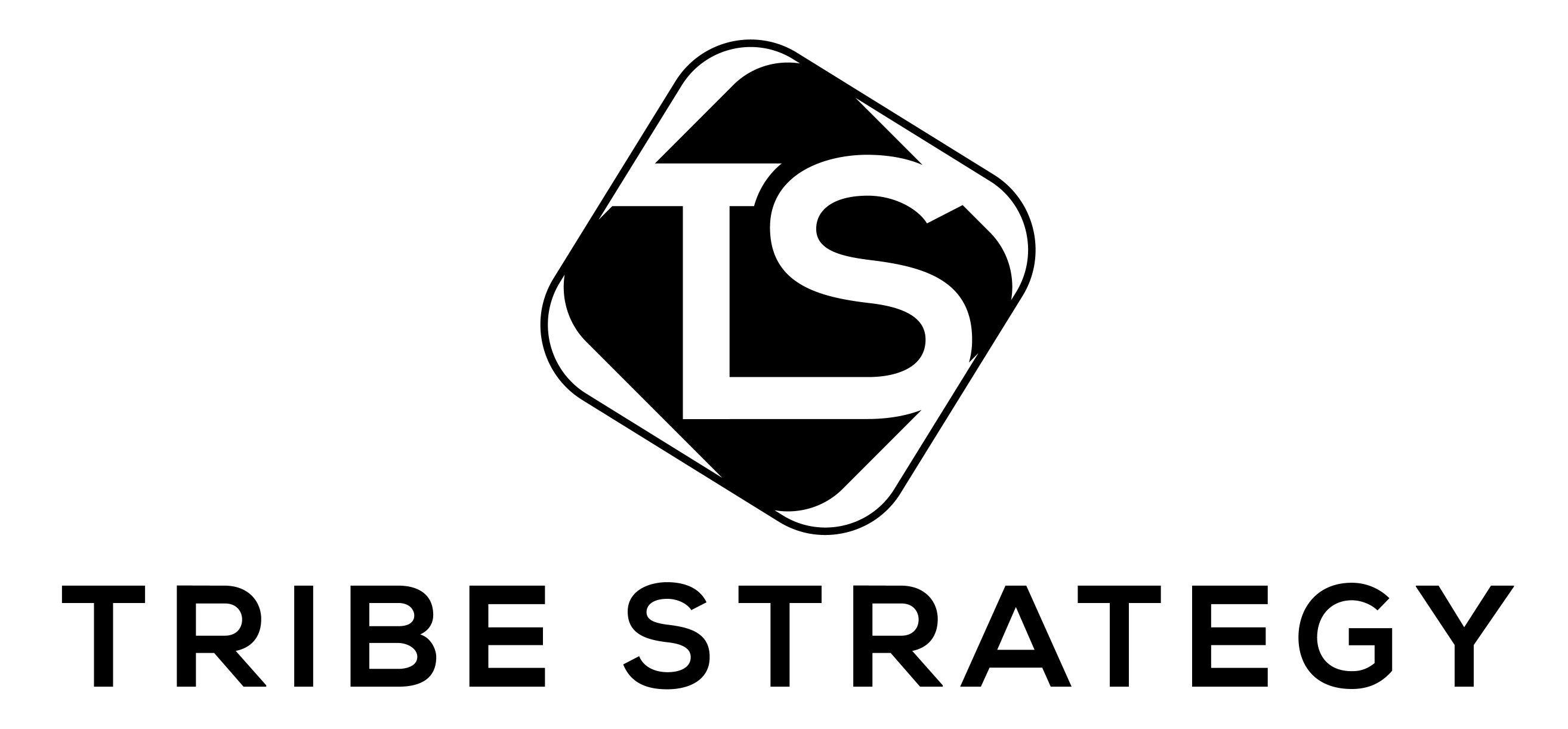
Today more leaders are making definitive decisions for their workforce to continue to work from home for the foreseeable future. Tech leaders worldwide, including Facebook, Google, and Uber, have made clear announcements on their remote work policies due to COVID-19. According to Forbes, up to 30% of the workforce will be consistently remote by the end of 2021. We are in the middle of a fundamental shift in how organizations approach true customer success.
A Customer Success Manager’s role is to manage complex relationships in a very human way and thus depend on all avenues of connection to achieve the goal at hand. This concept is especially true for high-touch CSM assignments, who thrive off on-site visits and sit down with customers face to face at least once per year. Now that is not an option. Travel budgets exist because leaders understand the power of human connection.
A well thought out agenda in alignment with the customer’s success plan should be part of the equation, and although these in-person meetings are invaluable, that dynamic has changed. Thus, we have to operate differently.
Much can be said about the ability to read body language, nuances, hierarchical subtleties, and other real-time, high bandwidth dynamics. It allows for opportunities to learn things that otherwise may not materialize during a virtual meeting. It may be a point of feedback about your solution that slips their mind during your regular calls, or maybe one of the power users is in the office that day who wants to walk you through a scenario that the support team hasn’t been able to fix. Sometimes the point of contact is under pressure for the solution to work and needs to vent.
In any case, this is where relationships are strengthened. A well thought out agenda in alignment with the customer’s success plan should be part of the equation, and although these in-person meetings are invaluable, that dynamic has changed. Thus, we have to operate differently. Here are four fundamental strategies for evolving with the changing times.
1. Widen Your Audience
As a Customer Success Manager, often you’re reduced to one or two consistent stakeholders every meeting, regardless of is it is face to face or virtual. Leverage today’s more common virtual meeting environment to invite (or re-invite) strategic stakeholders that otherwise don’t attend regular meetings with your primary point of contact(s) or who opt-out by default because of other obligations. A few examples may include:
- An executive-level stakeholder that is often traveling or busy with other meetings.
- A power user that is generally busy putting out fires and supporting the rest of the team.
- A cross-functional collaborator that is often left out of the conversation until something affects their team.
All of these folks don’t have to be invited to the same occurrence of the meeting, as you can strategically prioritize whom you want to include based on the current climate with the customer. Still, the remote environment presents an opportunity to orchestrate your audience in a planned way and then execute accordingly. A few points to consider:
- It’s easier for stakeholders to logistically attend a virtual meeting than a face-to-face meeting.
- For larger groups, leverage polling functionality for product feedback and/or concept understanding.
- Experiment with virtual breakout rooms and include cross-functional collaborators (product, training, sales) to address different challenges among users.
2. Capture The Moment
Let’s assume none of the strategic stakeholders can’t make the meeting. There’s a silver lining in the virtual meeting memorialization that is not always an option for in-person engagements. While it may be awkward to record your board room conversations with customers, it’s an acceptable norm to record online sessions. Record the session and set the expectation with your point of contact that you have some items that specific stakeholders will find valuable. This method allows your message’s integrity to remain intact and still capture the attention of the intended receiver.
When you share the link with specific stakeholders, direct them to the particular points from the session that are of interest to them. This action may seem like a small tactical item, but it can go a long way to drive success and keep a favorable light on your organization when you’re not in the room. This will allow these other stakeholders to see how your solution helps their piece of the business and will enable you to build rapport with them by demonstrating your attention to what matters to them.
3. Share How Your Organization is Surviving During This Tough Time
Some industries are being hit harder than others, but the spread of COVID-19 has driven leaders within all organizations to make tough decisions daily to navigate changes in the market. Empathize with your contact, and reiterate what your organization is doing to remain stable during this time. The last thing you want your customer to do is to lose confidence in your solution. You have an opportunity to demonstrate the resilience of your company during this time, reiterating that your customer made the right choice in choosing your solution.
4. Leverage The Human Component
The most powerful thing a Customer Success leader can do is empower the teams that depend on them to display their full authenticity as human beings while remaining professional at the same time. Customer success is about customer loyalty. Customer loyalty depends partly on the strength of the relationships built by the Customer Success Manager. Solid relationships are based on trust. Trust comes from personal rapport. Personal rapport is created through vulnerability. Vulnerability comes from a level of transparency and authenticity.
Although you’re not able to sit down with your customer in your favorite blazer, you can let them see a part of your life that they otherwise would not see. If you have young children, let them say hi on occasion.

If you don’t have a child, maybe you have a pet lounging around. Perhaps you have a hobby that you share with your point of contact, and you can show him/her something in your office that you have collected related to that hobby. Now is the time to live that truth and understand that humans make up these organizations at the end of the day. Of course, you want to prevent churn. Absolutely, you want to increase contract value. Indeed, you want to keep the customer happy. But while you’re doing your job, don’t forget these are still people. Take a minute to ask them how they’re holding up. And pause. And listen. Empathize. Then get down to business.
Of course, you want to prevent churn. Absolutely, you want to increase contract value. Indeed, you want to keep the customer happy. But while you’re doing your job, don’t forget these are still people.
The pressures of the circumstances will ease up in the future, but right now, this is the new norm, and more than likely, things may not be exactly how we remembered them just a year ago. Either way, pandemic or no pandemic, change was inevitable. One thing that the discipline of customer success thrives on is managing to ambiguity and change while working to create predictable results.
-Ja’Rod
